BEE BREEDS What are the types of honey bees?
BEE BREEDS
In this article, we will review the bee breeds with a simple explanation of them. This article may interest those who want to learn the basics of beekeeping.You may also be interested in the tasks of worker bees, so we advise you to read about it
There are many bee breeds with economic value:

- Carniol Bee
- Caucasian Bee
- Italian Bee
- Brown Bee
- Cyprus Bee
- Syrian Bee
- Anatolian Bee
Carniol Bee: They have colonized the Danube and the southern Austrian Alps. It gets its name from the Yugoslavian city of Karniol. The calmest breed of bee exists. On the second and third segments of the abdomen, the chitin’s black color is typically accompanied by brown patches or streaks. The worker bees are lighter in color than the queen bee. It has a short, thick covering of hair. These bees are slender and appear black due to their dark gray hairs. Its tongue measures 6.4-6.8 mm in length. Since they enter the winter in small colonies, spring development happens quite quickly, and they require minimal food stock during the season. They have a high propensity to give birth. They hardly surprise their hives. They have a low tendency to loot and collect very little propolis. It has high vitality and ability to adapt to variation in environmental conditions. It is a very suitable bee breed, especially in terms of benefiting from the early nectar flow.
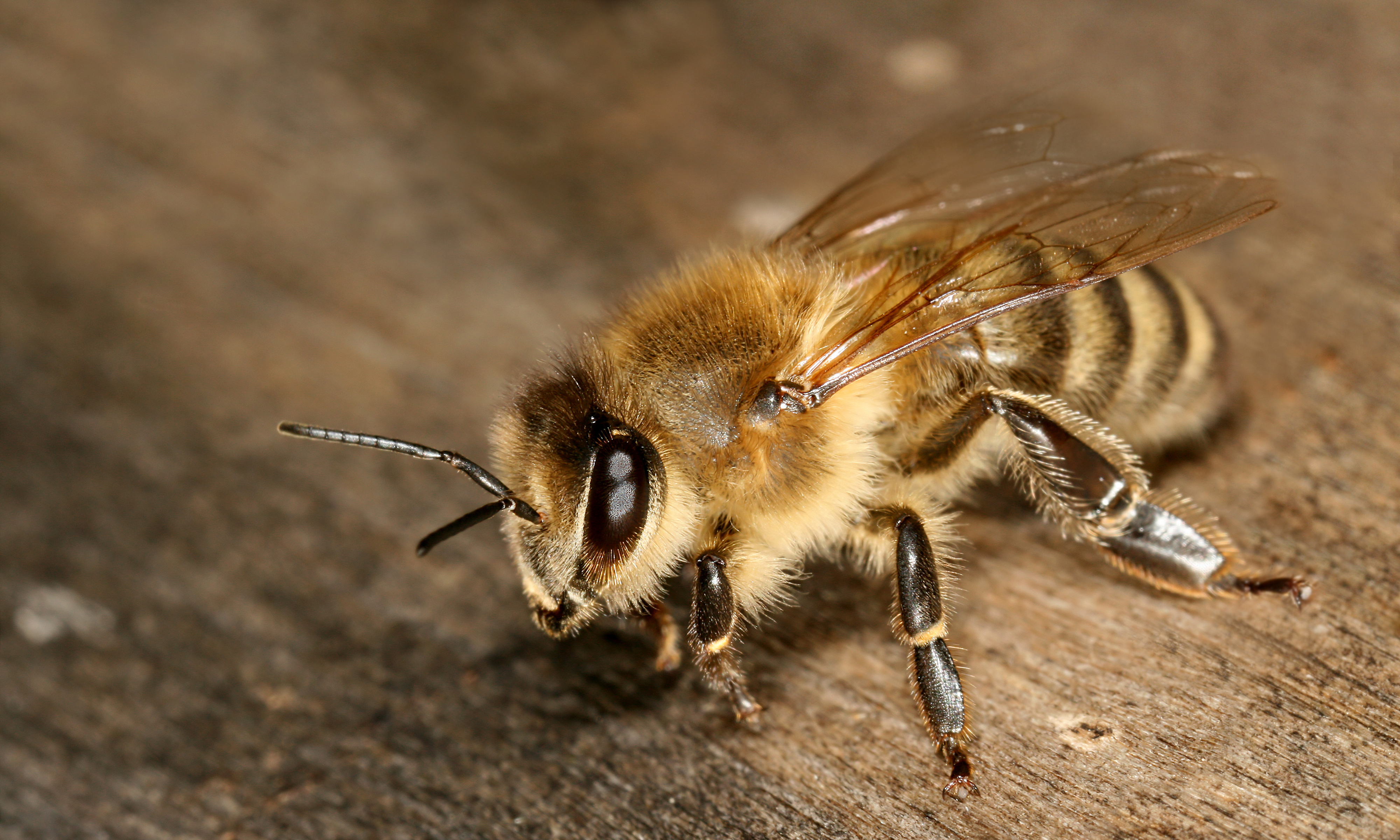
Caucasian Bee: This species is native to the high Caucasian valleys. This race comes in both mountain and plain varieties. With regard to their size, shape, and hair coverage, they resemble the Carniol race. Its chitin is dark in hue. In comparison to the Carniol breed, the hair cover is grayer. With a tongue length of up to 7.2 mm, it is the breed of bee with the longest tongue. Because of this, they benefit more from deep-tubed blossoms. It is an excellent nectar gatherer. A lot of honey is produced. They cease generating young once the nectar flow begins and begin gathering nectar. More honey is also kept on hand for the winter. It is a good bee breed .The Caucasian bee produces quality brood and develops robust colonies.
Italian Bee: Its birthplace is the Italian island of Sicily. It does exceptionally well in regions with long, mild, humid winters, good nectar flow, and dry summers. It has a short, narrow abdomen and a tongue that is between 6.3 and 6.6 mm long. The abdomen is a vivid color with bands of yellow spots. Additionally, they have yellowish bristles, which are particularly noticeable in drones.
Usually, they are submissive. They have a great capacity for reproduction, and particularly robust families continue to procreate from early spring through autumn. They don’t have a strong tendency to give birth. They form robust colonies before the winter and eat a lot of honey throughout the colder months. They have the ability to knit combs quickly.

Brown Bee: Its native region is to the west and north of the Central European and Russian Alps. They have long tongues and a huge body (5.7-6.4 mm). Long, thin hair covers their entire body. Their bodies are all black, with large bellies and yellow spots on the second and third abdominal segments. They are aggressive and highly prone to swarm. They can survive the cold well. They grow gradually in the spring. In general, colonies are only moderately active in the summer and winter. Low honey yields are common.

Cyprus Bee: The color of the Cyprus Bee is yellow. It is smaller and darker yellow than the Italian bee. They are exceedingly aggressive and stinging, which are their most common characteristics. In Cyprus there is a park called Unique Bee Park Opens in Cyprus

Syrian Bees: The are extremely diligent and produce more progeny than Italian and Cypriot bees. The three parts of the abdomen are marked by faint lines.

Anatolian Bee: These diligent, resilient, dark, quiet, and robust bees have good wintering skills. Looting is not a common occurrence. They score better than average at choosing a course. Brood rearing efforts are relatively low outside of the incubation season, but fertility and brood rearing are also quite low.




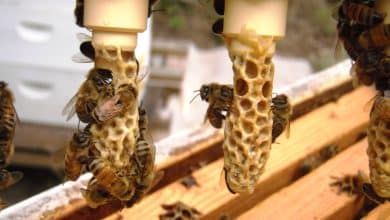
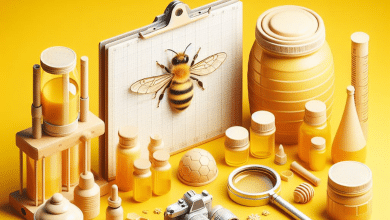
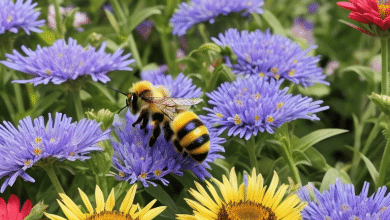
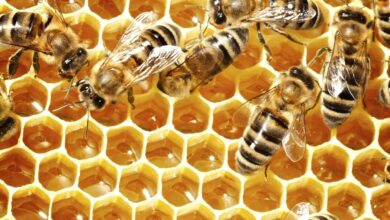
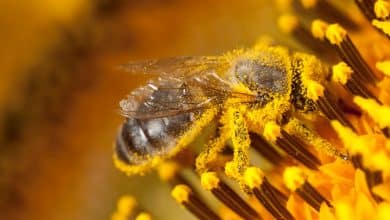
4 Comments